When Adithya Chengalvala, sophomore, lived in Bangalore, India, his mom pushed him to enter a singing competition.
Chengalvala returned with a medal, and his mom put him with a vocal teacher to develop classical music.
Indian classical music is India’s traditional musical art form and began developing more than 2,000 years ago. North Indian classical music is known as Hindustani and the South Indian expression is known as Carnatic. Chengalvala studies Carnatic music.
Chengalvala said he initially disliked the music because it is an old art form.
“Over time, I’ve developed a liking for it,” Chengalvala said. “The difference between Western and [Indian] classical is something that caught my ear. I started to love the music.”
Chengalvala said Carnatic music is characterized by its modulation of music notes, slides or alterations between notes. This is what makes Carnatic music different from Western styles of music, which is simply the notes on the page.
“The music is not the notes. The music is in between the notes,” Chengalvala said.
Using this modulation to carry one note to the next, patterns are produced for each stanza and put into lyrics to create songs, called Kritis, Chengalvala said.
When Chengalvala moved to St. Louis, he began taking lessons with Dr. Sanjay Subramaniam.
Chengalvala said his current teacher’s method is different from both his previous teachers.
“I started to love the music.”
— Adithya Chengalvala
“Slowly I’ve developed his style of music, how he sings, so I’m relearning all the time,” Chengalvala said.
Myan Sudharsanan, student at Washington University, frequently accompanies Chengalvala. Sudharsanan is an advanced player of the mridangam, a two-sided drum played in Carnatic music, and has played professionally across the U.S., Canada and India for nine years.
Sudharsanan said he used to be unaware of the other musicians when playing Carnatic music.
“Over time, I came to appreciate the other aspects of South Indian classical music, like what the violinist and the vocalist do,” Sudharsanan said. “My teacher taught me to respect the other artists.”
Listening is the best way to develop a passion for and understanding of Carnatic music, Sudharsanan said.
“My dad has a two-terabyte collection of Carnatic music concerts,” Sudharsanan said.
Time spent repeating single notes and phrases has been essential for refining technique, Sudharsanan said.
Sudharsanan said he frequently plays Carnatic music with jazz fusion groups because both Carnatic music and jazz involve a repeating melody and improvisation. Jazz also allows for a variety of playing styles.
“American popular music, whether it’s jazz or rock n’ roll, has always been interested in taking some other influence and merging it with others and getting something completely new.”
— Scott Szevery
Scott Szevery, history teacher, said many jazz musicians and some pop musicians have incorporated elements of Indian music into Western genres over the last century, including the Beatles, sitarist Ravi Shankar and jazz saxophonist John Coltrane.
“If you want a hit record, you’re going to use a very straightforward beat and chords and sounds that are very comfortable to the Western ear,” Szevery said. “If you are an artist interested in music for its own sake and pushing the envelope of creativity, that’s where you go, ‘Well I’m gonna use some weird chord progressions or scale structures that get outside Western music’.”
Szevery said bringing in musical elements not traditional to the Western world can add a unique “flavor” to music and make it more interesting and intriguing.
“American popular music, whether it’s jazz or rock n’ roll, has always been interested in taking some other influence and merging it with others and getting something completely new,” Szevery said.
For students hearing these art forms for the first time, Szevery said it is essential to keep an open mind and refrain from quick judgments. Attempting to understand unfamiliar music causes listeners to appreciate its origins and the experiences and emotions that created it.
This story was originally published on Marquette Messenger on May 16, 2024.





![With the AISD rank and GPA discrepancies, some students had significant changes to their stats. College and career counselor Camille Nix worked with students to appeal their college decisions if they got rejected from schools depending on their previous stats before getting updated. Students worked with Nix to update schools on their new stats in order to fully get their appropriate decisions. “Those who already were accepted [won’t be affected], but it could factor in if a student appeals their initial decision,” Principal Andy Baxa said.](https://bestofsno.com/wp-content/uploads/2024/05/53674616658_18d367e00f_o-1200x676.jpg)





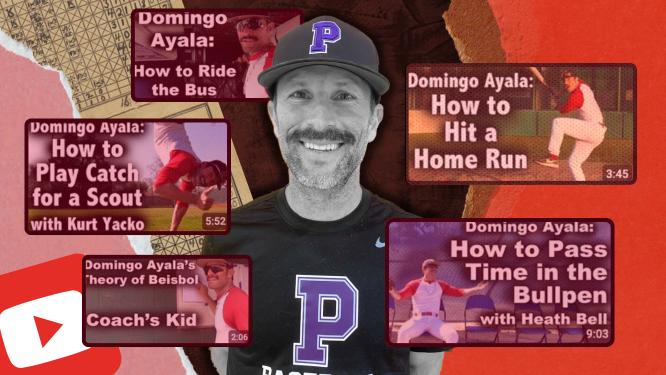
![Junior Mia Milicevic practices her forehand at tennis practice with the WJ girls tennis team. “Sometimes I don’t like [tennis] because you’re alone but most of the time, I do like it for that reason because it really is just you out there. I do experience being part of a team at WJ but in tournaments and when I’m playing outside of school, I like that rush when I win a point because I did it all by myself, Milicevic said. (Courtesy Mia Milicevic)](https://bestofsno.com/wp-content/uploads/2024/06/c54807e1-6ab6-4b0b-9c65-bfa256bc7587.jpg)

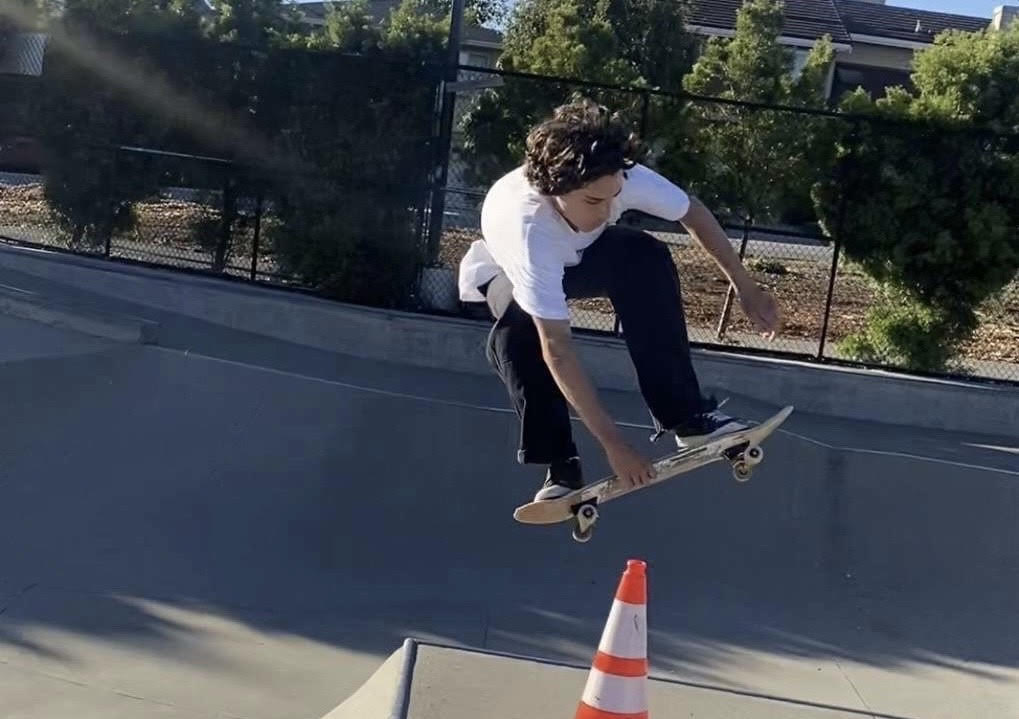

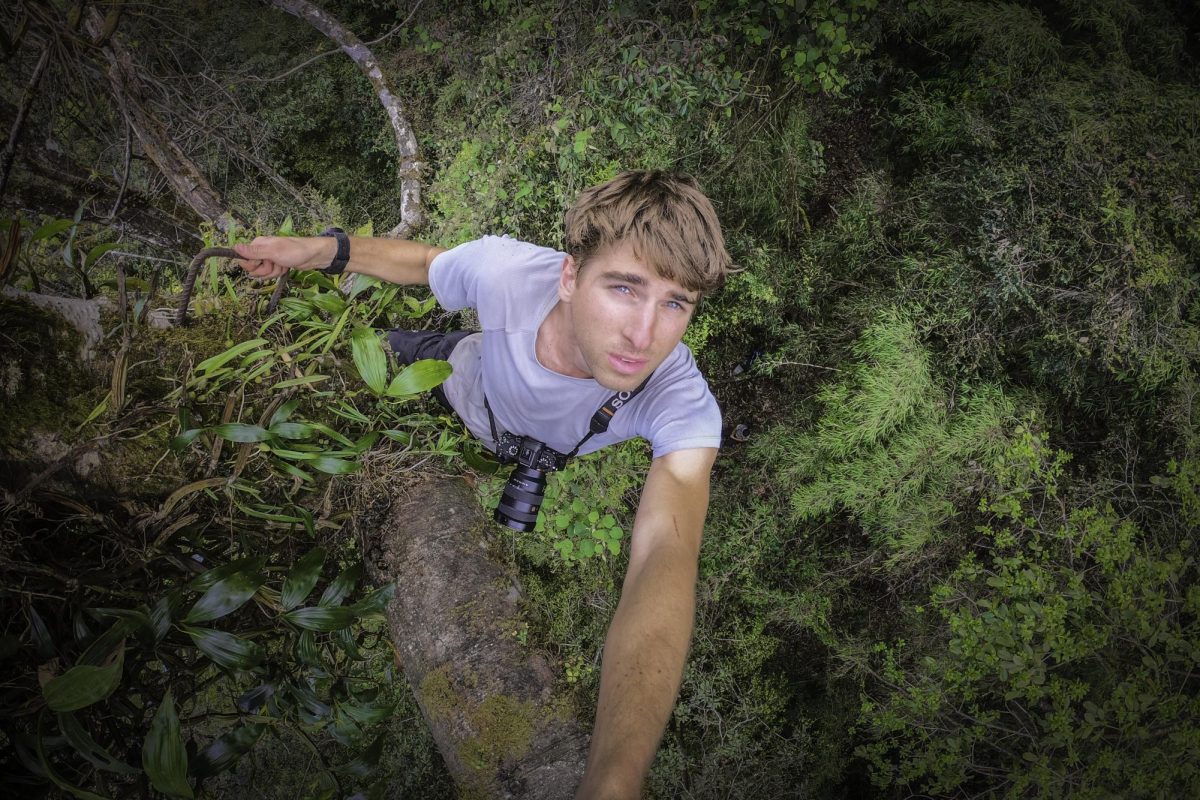

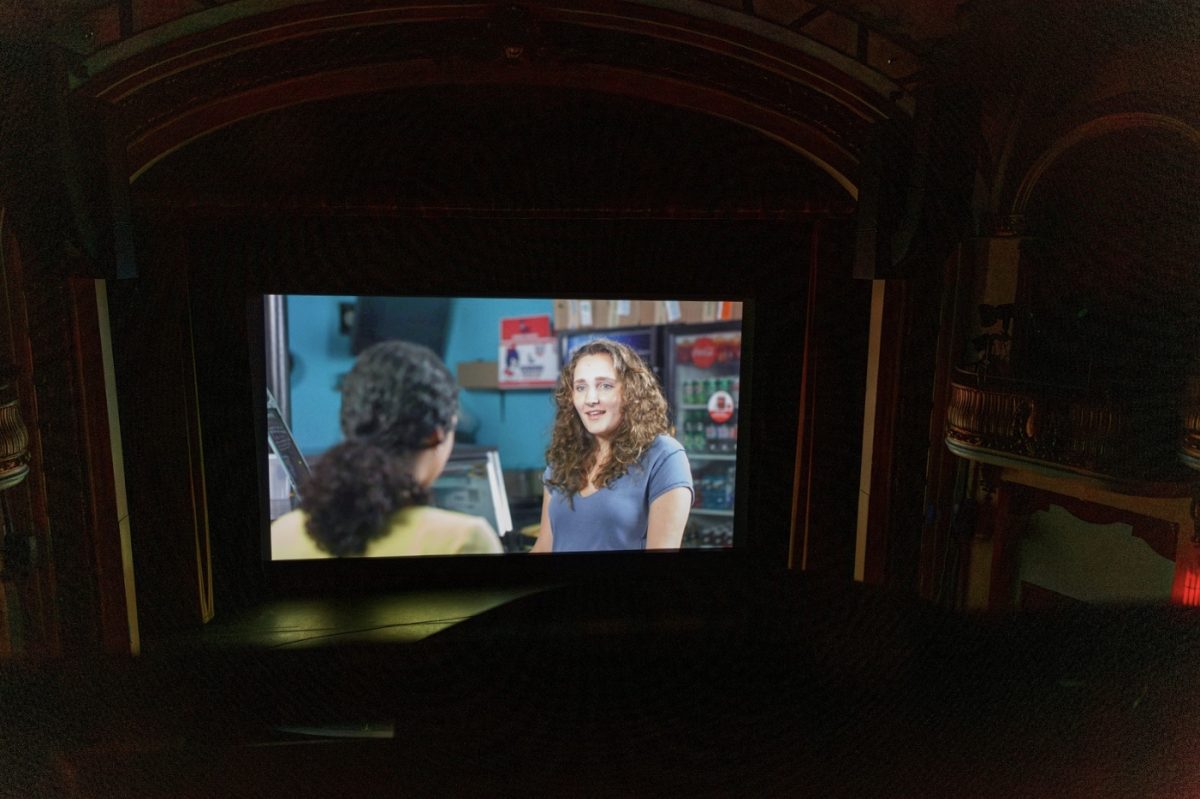

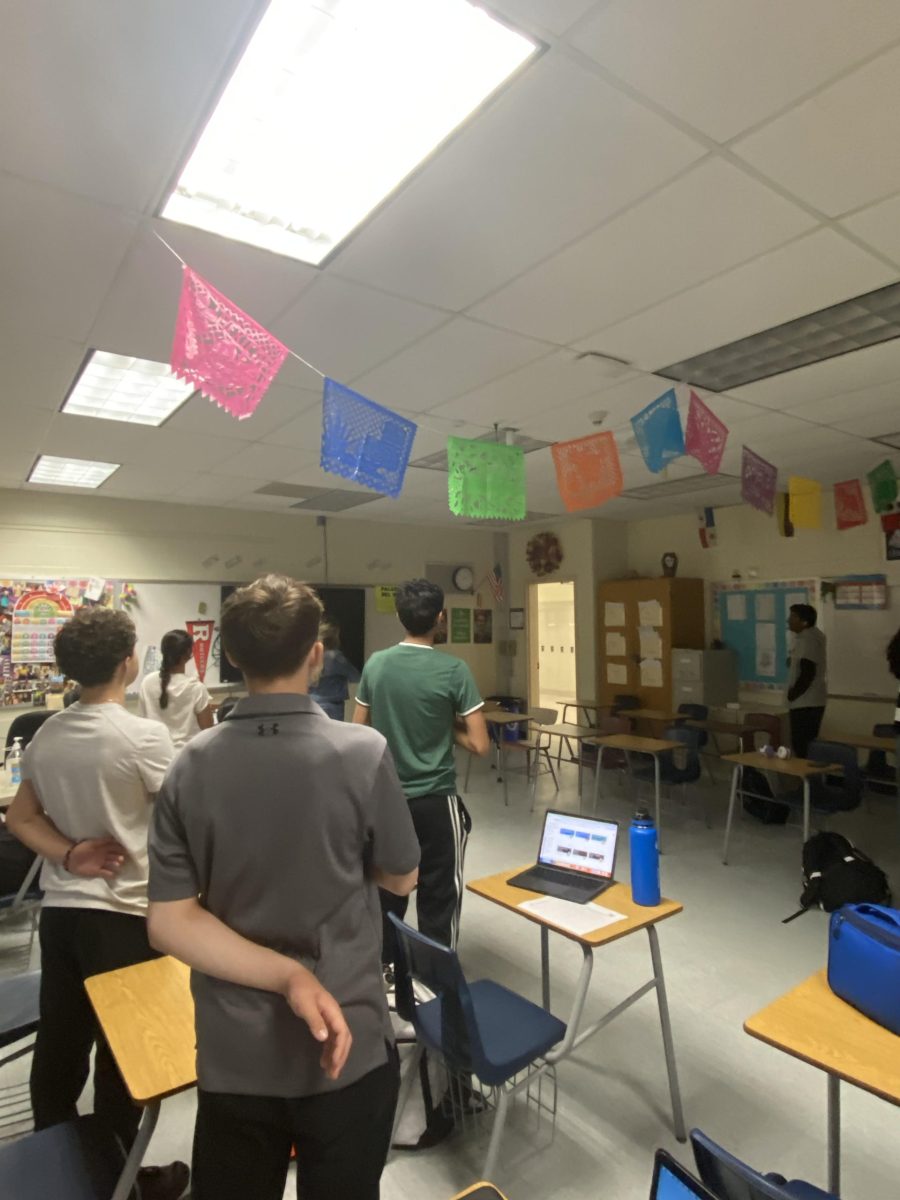
![The Jaguar student section sits down while the girls basketball team plays in the Great Eight game at the Denver Coliseum against Valor Christian High School Feb. 29. Many students who participated in the boys basketball student section prior to the girls basketball game left before half-time. I think it [the student section] plays a huge role because we actually had a decent crowd at a ranch game. I think that was the only time we had like a student section. And the energy was just awesome, varsity pointing and shooting guard Brooke Harding ‘25 said. I dont expect much from them [the Golden Boys] at all. But the fact that they left at the Elite Eight game when they were already there is honestly mind blowing to me.](https://bestofsno.com/wp-content/uploads/2024/05/IMG_7517-e1716250578550-900x1200.jpeg)





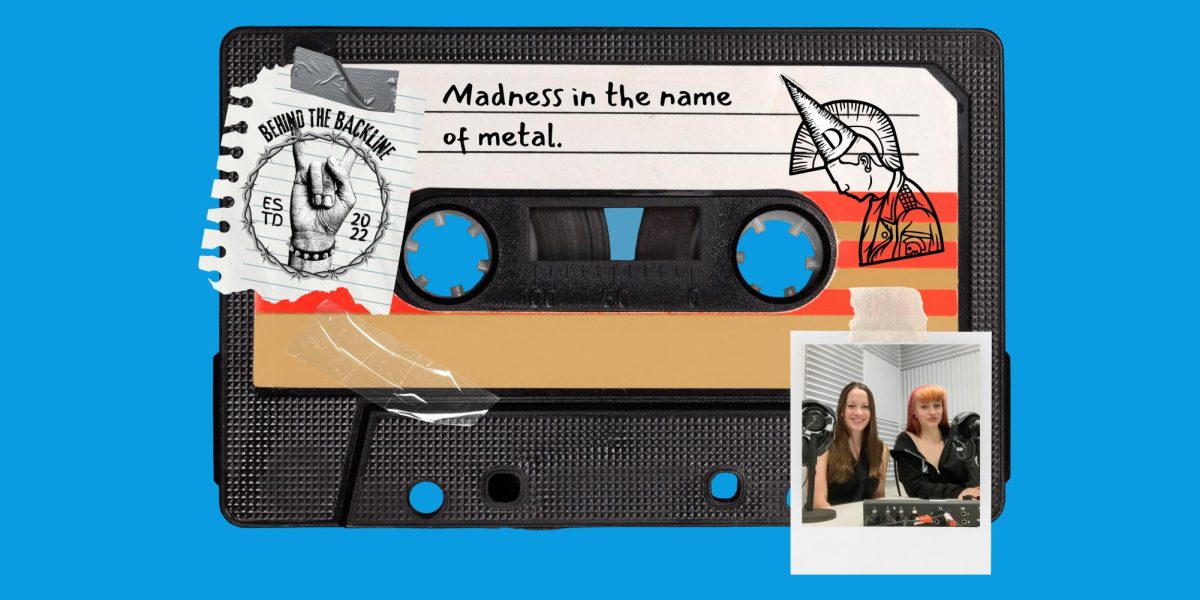
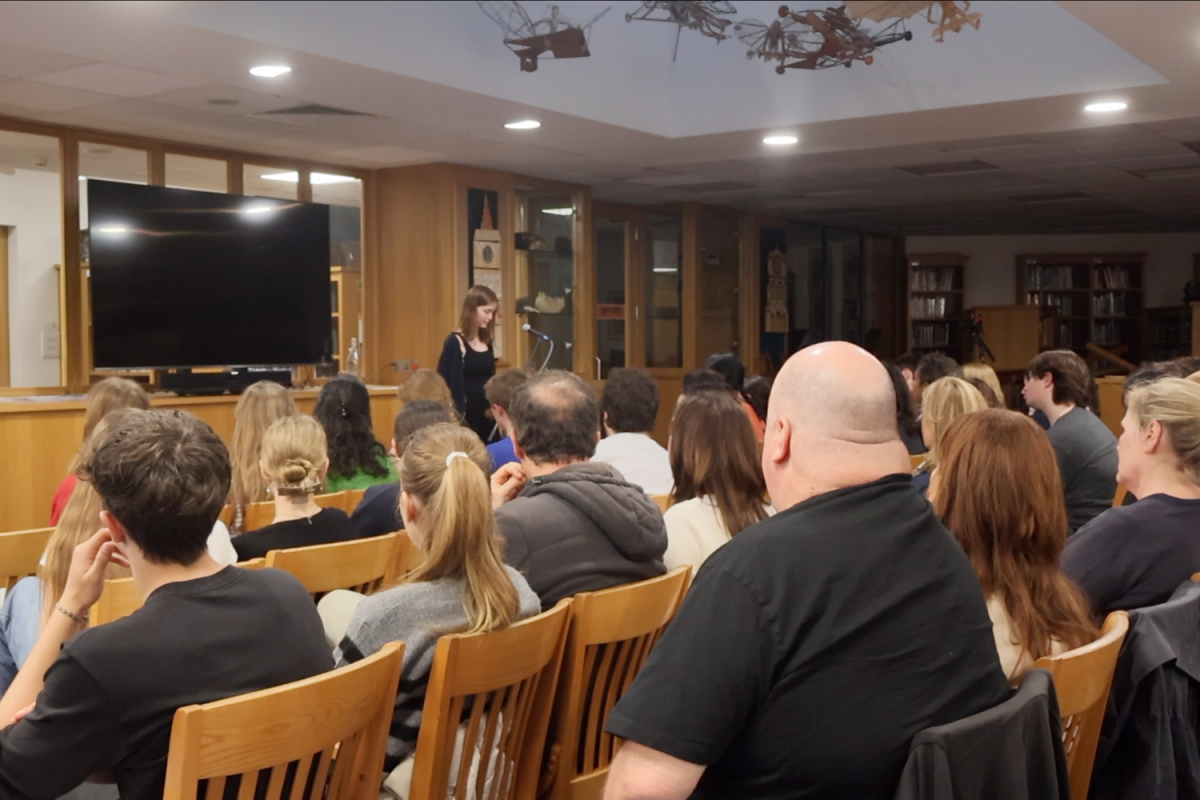


![BACKGROUND IN THE BUSINESS: Dressed by junior designer Kaitlyn Gerrie, senior Chamila Muñoz took to the “Dreamland” runway this past weekend. While it was her first time participating in the McCallum fashion show, Muñoz isn’t new to the modeling world.
I modeled here and there when I was a lot younger, maybe five or six [years old] for some jewelry brands and small businesses, but not much in recent years,” Muñoz said.
Muñoz had hoped to participate in last year’s show but couldn’t due to scheduling conflicts. For her senior year, though, she couldn’t let the opportunity pass her by.
“It’s [modeling] something I haven’t done in a while so I was excited to step out of my comfort zone in a way,” Muñoz said. “I always love trying new things and being able to show off designs of my schoolmates is such an honor.”
The preparation process for the show was hectic, leaving the final reveal of Gerrie’s design until days before the show, but the moment Muñoz tried on the outfit, all the stress for both designer and model melted away.
“I didn’t get to try on my outfit until the day before, but the look on Kaitlyn’s face when she saw what she had worked so hard to make actually on a model was just so special,” Muñoz said. “I know it meant so much to her. But then she handed me a blindfold and told me I’d be walking with it on, so that was pretty wild.”
Caption by Francie Wilhelm.](https://bestofsno.com/wp-content/uploads/2024/05/53535098892_130167352f_o-1200x800.jpg)







